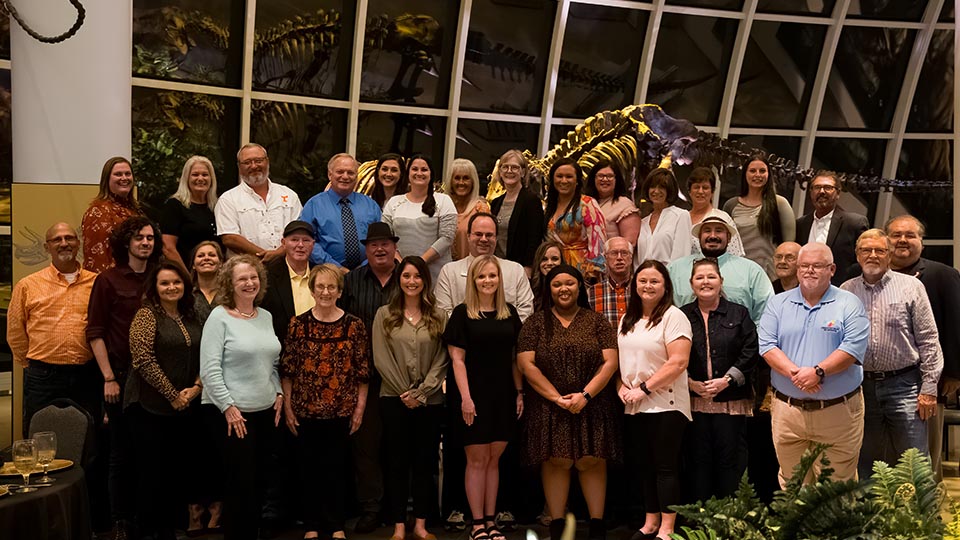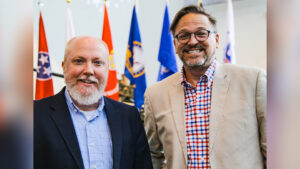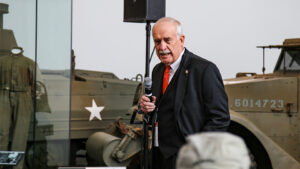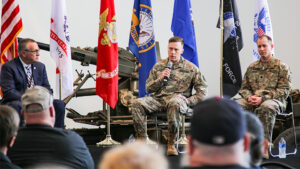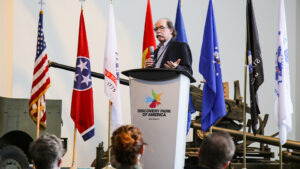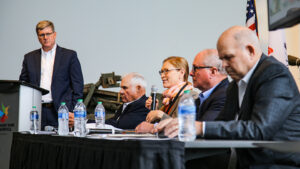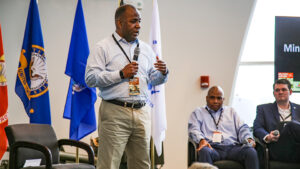Discovery Park of America Opens “The Fascinating World of Murray Hudson’s Globes and Maps”
Dec. 3, 2021 – Now on display at Discovery Park of America is an exhibit that shines a spotlight on one of the most unique collections of globes and maps in the world. On Friday, several of the museum’s visitors got a one-of-a-kind tour of “The Fascinating World of Murray Hudson’s Globes and Maps” from Murray Hudson himself. Hudson was also getting a first look at the exhibit which just opened to the public.
Hudson is a former English professor, stockbroker and farmer originally from Dyersburg, Tenn., who owns the largest private collection of for-sale antiquarian maps, globes, books and prints in the world. The spark of inspiration for his collection came from visiting an antique map shop on High Street in London while taking a summer course at Oxford University in 1964. His collection today includes more than 17,000 maps and more than 700 globes of various ages, sizes and designs. Many can be found in his shop, Murray Hudson – Antique Maps, Globes, Books & Prints, in the former Halls, Tenn., Post Office at 109 Church Street, where he also sells vintage sheet music and antique posters.
“As I look around, this exhibit far exceeds what I ever dreamed it could be,” said Hudson. “My goal has always been to get these maps and globes into the hands of people who could enjoy and learn from them. Discovery Park has done just that,” he added.
In addition to individuals and families who got to meet and hear about the collection from Hudson, several school groups were there to hear his story.
“The Fascinating World of Murray Hudson’s Globes and Maps” is sponsored by Conley and Conley Attorneys at Law and will be on display in the museum’s ATA Traveling Exhibit Hall through March 1, 2022.
For more information about Discovery Park of America, visit www.discoveryparkofamerica.com.

